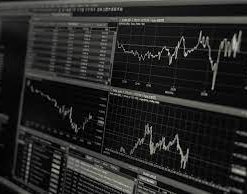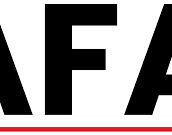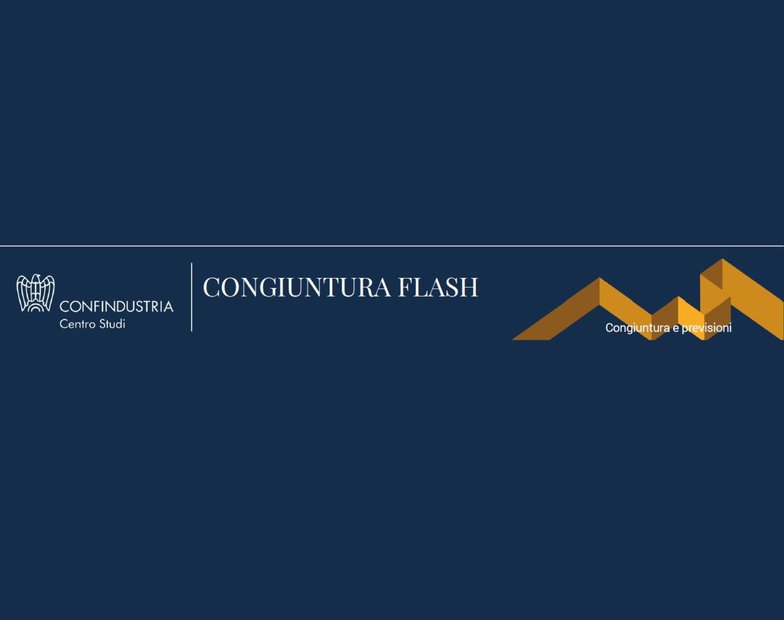The Market Research Future's (MRFR) report, “Leather Goods Market Information by Product Type, Distribution Channel and Region – Forecasts through 2028,” estimates a size of more than $623.44 billion by 2028 with a CAGR increase of more than 5.90%. However, the real leather market will become more and more contaminated, incorporating substitutes based on fabric, biological and synthetic materials
Market scope:
Leather Goods Market Size and Analysis by Product Type (Footwear, Home Décor, Apparel [Jackets & Coats, T Shirts & Shirts, Trousers and Others], Luggage, Accessories [Purses & Handbags, Wallets, Belts, Watches and Others] by Distribution Channel (Store-Based [Supermarkets & Hypermarkets, Specialty Stores, Others] Non-Store-Based), and Region (North America, Asia-Pacific, Europe, and the Rest of the World)—Forecast till 2028
Leather is a flexible and durable material that is developed by tanning animal skin and rawhide, with the majority being cattle hide. Leather can be developed via the manufacturing process ranging from heavy industry to cottage industry. There are numerous products that are made of leather including home décor, footwear, luggage, apparel, and various accessories.
Evolving fashion trends, surging consumer disposable income, and improving standards of living enhance the leather goods market size.
Market Drivers
Leather has been experiencing rampant demand from the global footwear industry, which is touted to be a key growth rendering factor in the global market. Comprising a cloth base that is coated completely with a synthetic resin, synthetic or artificial leather substitutes, is deemed to be the perfect alternative for use in footwear, fabrics, upholstery, clothing, and others that require leather-like finish.
Furthermore, rapidly expanding application scope of leather across diverse segments, including apparel, home décor, and luggage should also leave a positive impact on the global industry. Manufacturers are constantly working on boosting their sourcing their manufacturing bases to Asian countries and forming bonds with local suppliers in Vietnam and China, in view of the abundant raw materials and low-cost labor found in these countries.
Emerging markets like China, Brazil, India, Thailand, Vietnam, and Malaysia will present highly lucrative opportunities to international firms in the years ahead. With extensive product deployment in the footwear sector across these countries, the global market is bound to see significant gains in the forthcoming years.
Opportunities
Bio-based leather substitutes with no harmful characteristics have emerged as the most exciting opportunity in the market. Manufacturers are focusing on commercializing non leather manufacturing by using natural fibers like flax or cotton fibers blended with corn, soybean, palm, and various other plants. Considering the surge in strict environmental and government regulations pertaining to the use of toxic chemicals in North America and European Union, the demand for bio-based non leather is expected to soar rapidly among top manufacturers over the ensuing years.
Market Restraints
Extensive livestock rearing results in a series of environmental impacts including water and land overuse, gas emissions, and deforestation. Tanning is a highly toxic stage that is used during leather processing, with the majority of the production making use of chromium tanning. It involves the production of slush made of gasses and chemicals.
Stringent government regulations in Europe and the US are resulting in the closure of various tanneries. These government regulations with regard to leather use will be a huge restraint for the global leather goods market in the coming years.
COVID-19 Analysis
The COVID-19 pandemic has been unfavorable for the majority of the sectors worldwide, giving rise to a number of public health measures, and disrupting the supply chains of the manufacturers. The spread of the pandemic has led to a shutdown of various operational facilities across the globe.
However, the companies active in the market are trying to safeguard the wellbeing and health of their employees while backing government goals with respect to the maintenance of vital business activities in food production, healthcare, and power generation. Reduction in cash flow has been another major concern, with most of the customers falling behind on payments or unable to make purchases, while inventory is canceled owing to disrupted supply chains. On the bright side, many of the leather good brands are working on strategizing operations to remain resilient during the pandemic with minimum economic losses.
Segment Overview
Major product types considered in the MRFR study are apparel, home décor, footwear, luggage along with accessories. The footwear segment with the highest share, is in the lead in the leather goods market.
Depending on the distribution channel, the leather goods industry caters to store-based coupled with non-store-based. The store-based segment forms the biggest share in the market, while the non-store-based distribution channels will achieve the highest growth rate in the near future.
Regional analysis
North America is the market leader and will capture a higher share in the coming years, thanks to the mounting popularity of a variety of leather goods, especially as online shopping becomes more prevalent. The huge population of athletes as well as fitness conscious individuals in the US, the demand for leather goods will continue to mount. Heightened sales of leather shoes as well as leather purses will further boost the market size in the region.
MRFR identifies Asia Pacific as the fastest developing market, as the region is home to some of the rapidly developing countries such as India and China, two countries that are witnessing significant progress in their industrial bases. The market for leather products in the region should therefore offer interesting opportunities to international producers in the coming years. The APAC (Asia-Pacific) market for non-leather substitutes is led by China, given the surging disposable incomes along with increasing living standards. The booming population in the region and the advances in products, as well as technologies, also make the region a prime hub for leather goods manufacturers. The stunning expansion rate of automotive and footwear sectors in the region adds significantly to the market strength.
Market competition analysis:
The prominent contenders in the leather goods market include:
- Adidas AG (Germany)
- Nike Inc. (US)
- Puma SE (Germany)
- Fila, Inc. (South Korea)
- New Balance Athletics, Inc. (US)
- Samsonite International S.A. (Hong Kong)
- Louis Vuitton (France)
- Knoll Inc. (US)
- American Leather Holdings LLC (US)
- VIP Industries Ltd. (India)



